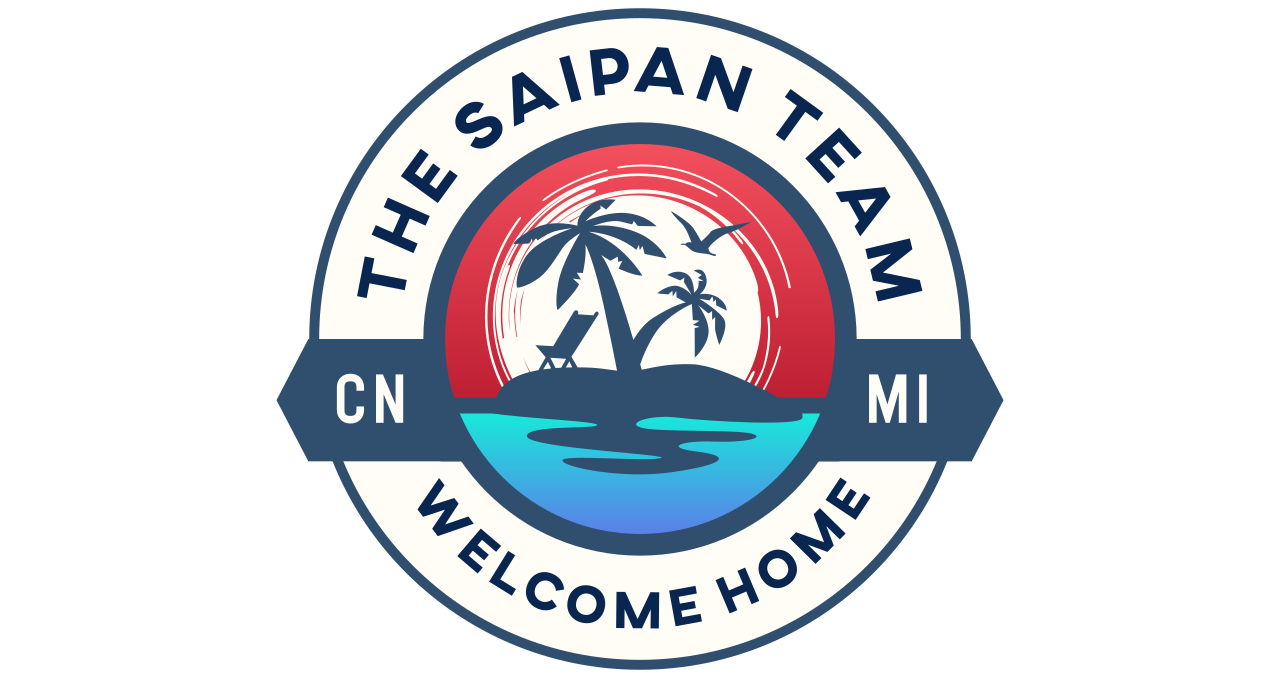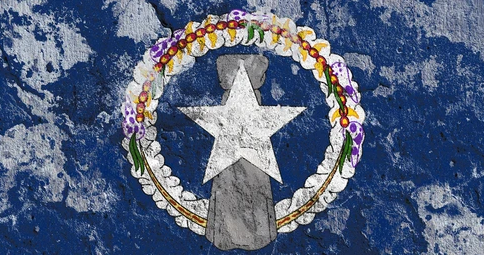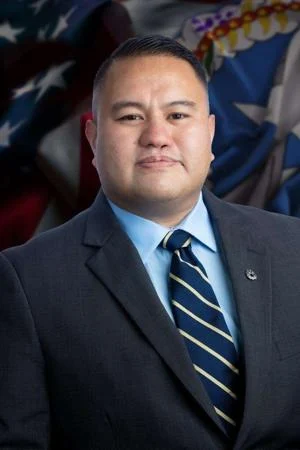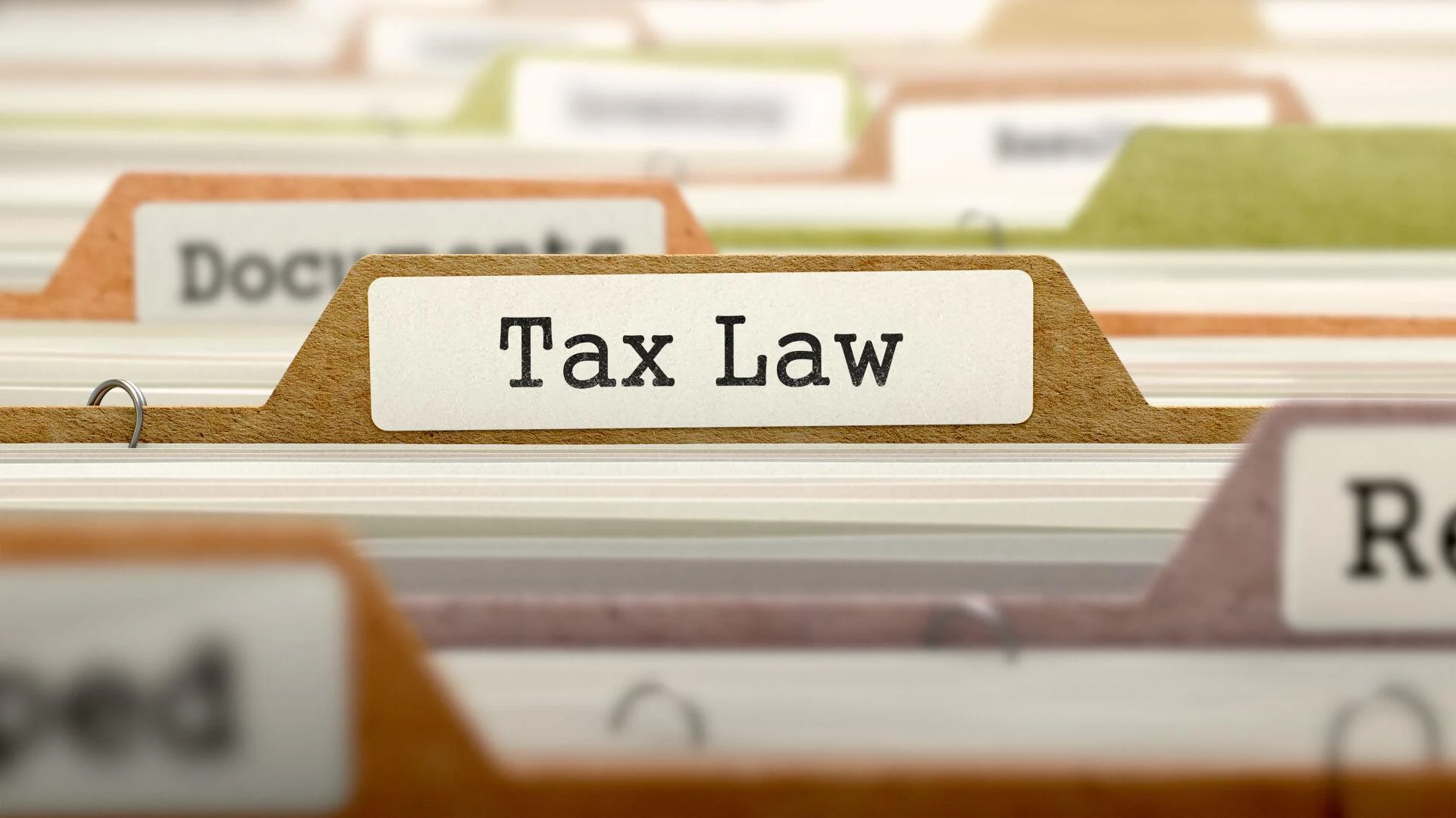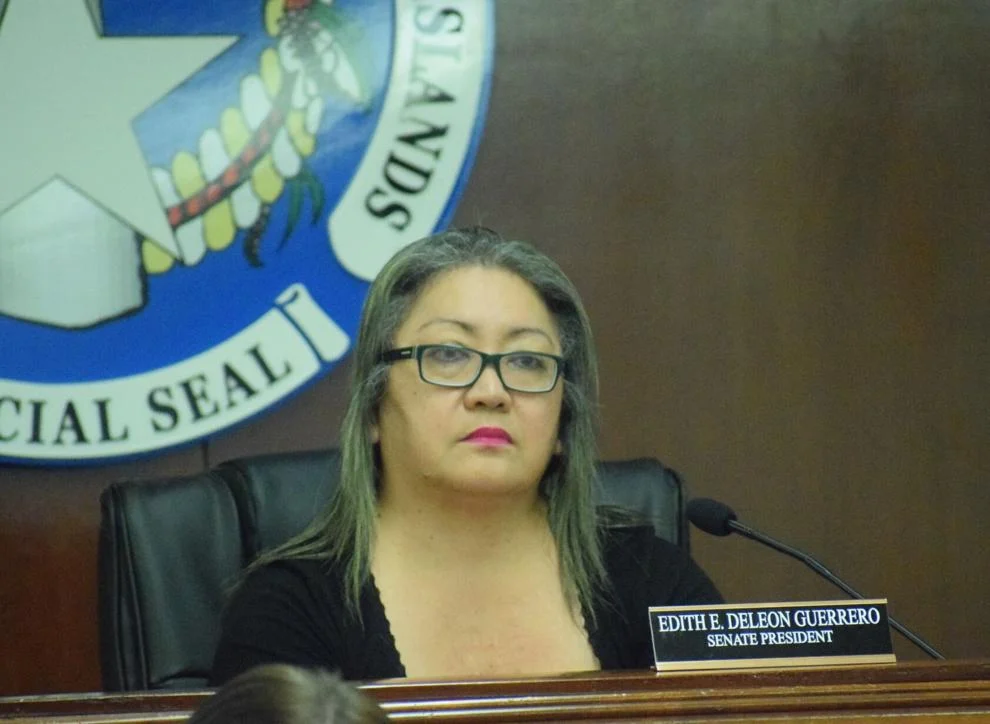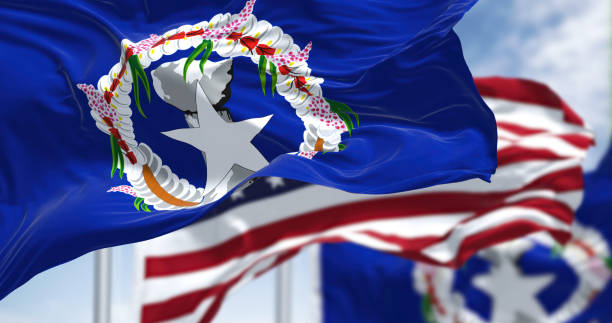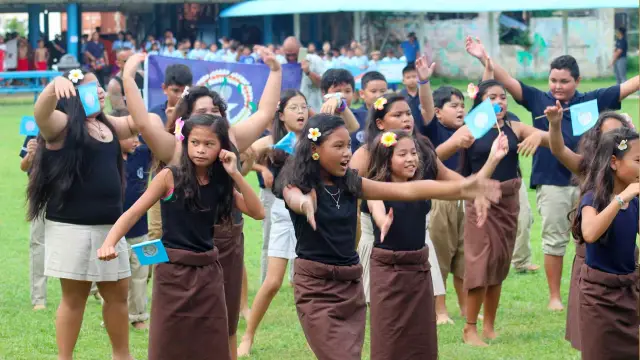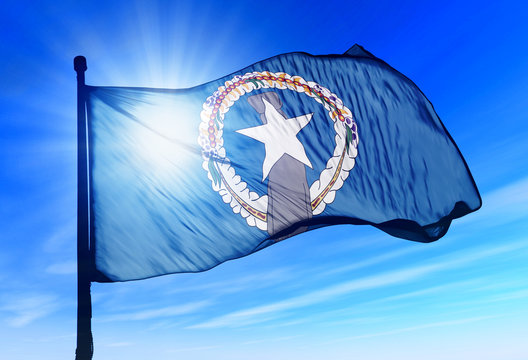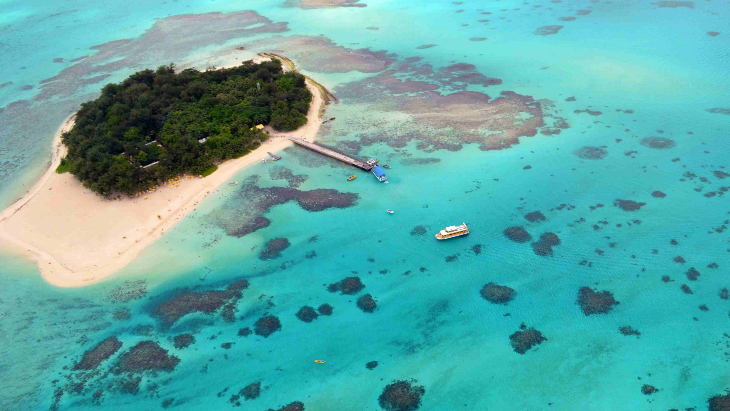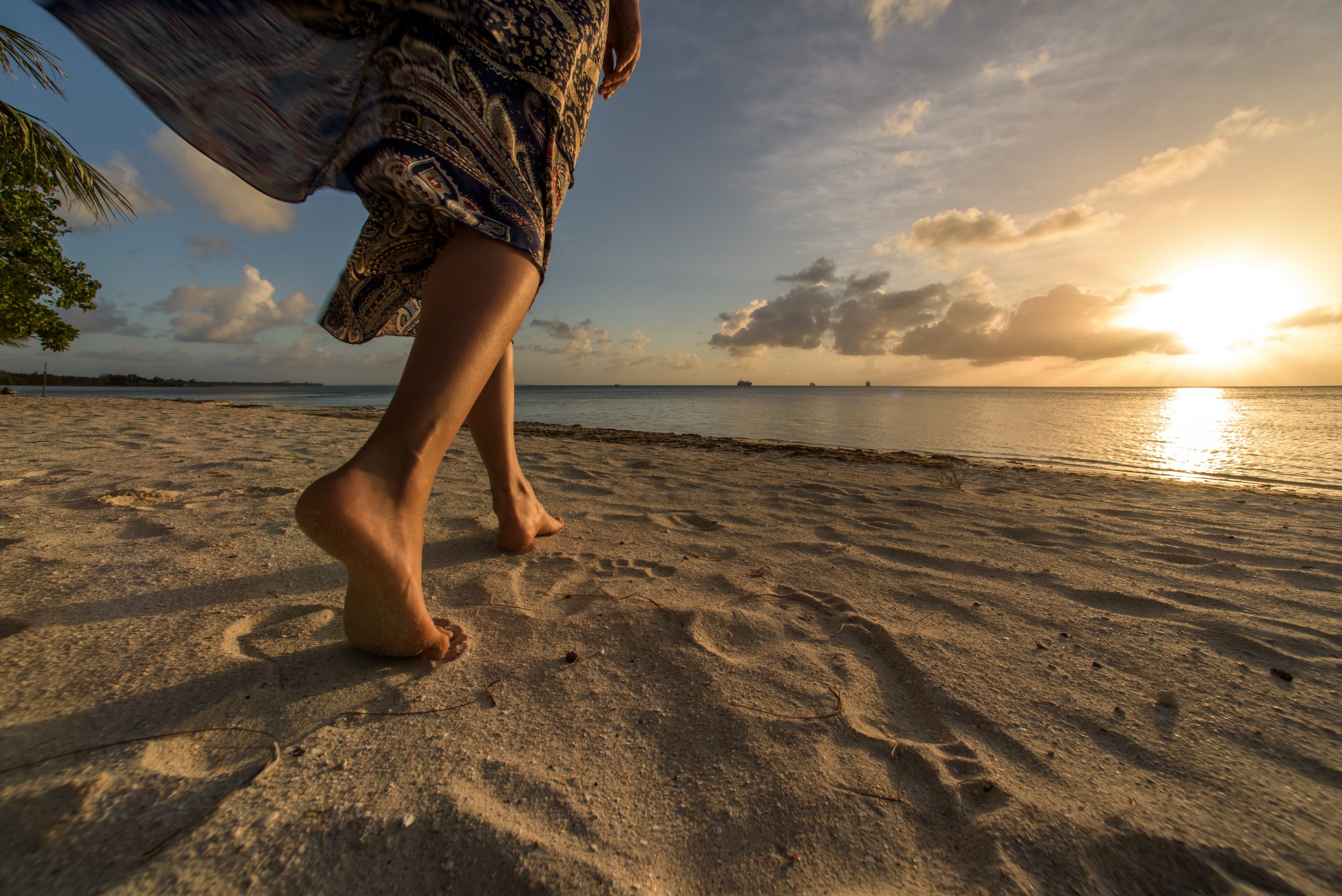Seafarers and Settlement
The Marianas was first settled around 2000 B.C. by ancient seafaring people who journeyed in outrigger canoes. They sailed across the vast expanse of the open Pacific and settled The Marianas. Historical records suggest that the indigenous Chamorros were originally from Southeast Asia.
The Marianas was first encountered by Spanish explorer Ferdinand Magellan in 1521 during his world exploration in search of gold and spices. In 1668, 147 years after Magellan’s encounter, Fr. Diego Luis de San Vitores, a Jesuit priest, arrived in The Marianas with the mission to convert and implement Christianity among the Chamorros, thus beginning the colonization of The Marianas by Spain. The islands were named after Queen Maria Ana of Spain.
Led by Chief Aghurubw and Chief Nguschul of the Caroline Islands, the settlement of the Carolinians in The Marianas began in 1815.
War and Possession
Germany purchased The Marianas from Spain in 1899, and the islands remained under German rule until the start of WWI in 1914. That year, Japan took possession of the islands under a secret agreement with the British to keep peace in Asia during the war. After WWI, Japan received the islands by the terms of the Treaty of Versailles in 1919, and then later, as a mandate under the League of Nations in 1920. The islands became deadly battlegrounds during the WWII campaign as Japanese and U.S. forces collided to gain control of the Pacific.
U.S. forces gained control of The Marianas in July 1944. In 1947, The Marianas was placed in a United Nations strategic trusteeship known as the Trust Territory of the Pacific Islands with the U.S. as the administering authority. The people of The Marianas decided to enter into a political union with the United States and became a self-governing commonwealth in January 1978. In November 1986, U.S. citizenship was conferred upon the people of The Marianas.
Because only one branch of the US Military – the Coast Guard – has even a small permanent presence on Saipan, many Chamorros on Saipan consider their culture more intact than on Guam. Therefore, comparisons between the two islands should take this into account. Furthermore, Chamorros on Saipan and throughout the CNMI still primarily speak Chamorro at home, while the same isn’t true of Guam. While the differences between a commonwealth (as in the CNMI) and a territory (as in Guam) may not appear to be great (especially to a mainland US citizen), Saipan should not be referred to as a territory when speaking to a local. Finally, while the population of the CNMI, as on Guam, are US citizens and proud to be recognized as such, their independent identity is equally important.
Local Culture
While English is certainly the lingua franca on Saipan, few people on the island (adults in particular) speak English as their first language. Nevertheless, nearly everybody does speak English to varying degrees. Many local residents, who often use English at school or at work, speak Chamorro or Carolinian (both official in addition to English) or another of the Micronesian languages at home. The majority of people living on Saipan are overseas contract laborers, however. These people come mostly from the Philippines, China, Bangladesh and Thailand. Furthermore, Korean, Japanese and (more recently) Russian and Chinese tourists make their languages fairly prevalent in the tourist areas as well.
Most hotels are geared toward a particular language/nationality such as Japanese or Korean, which represent most of the tourism. A notable exception is Pacific Islands Club, which is geared toward a multilingual/multinationial clientele. Likewise, most of the scuba shops are geared toward Japanese or Korean tourism, though the heavy reliance on Philippine dive staff ensures that many will also be able to handle English-speaking customers.
Courtesy of Marianas Visitor’s Authority and WikiVoyage
